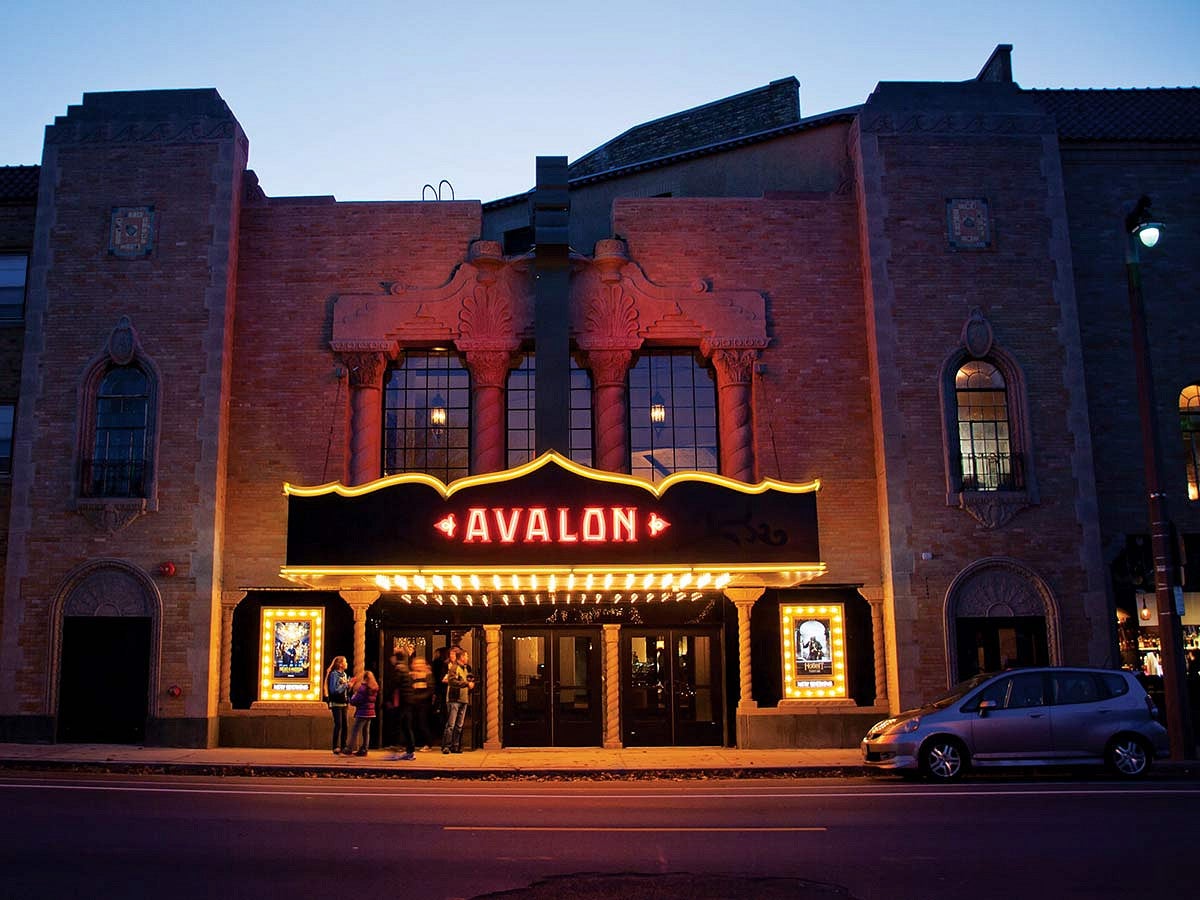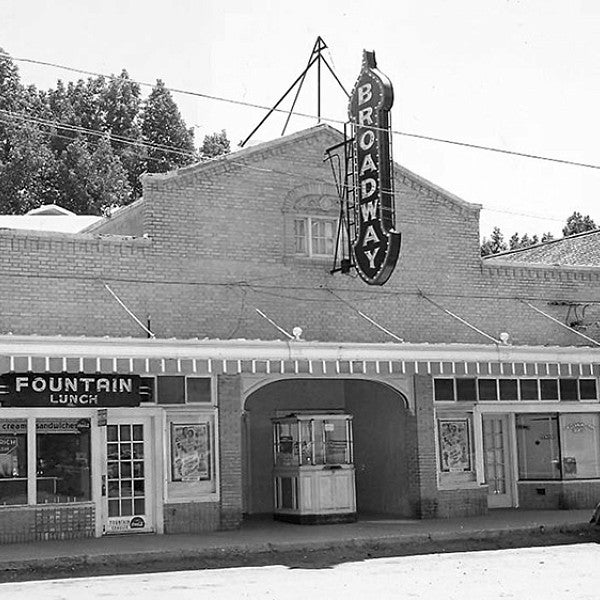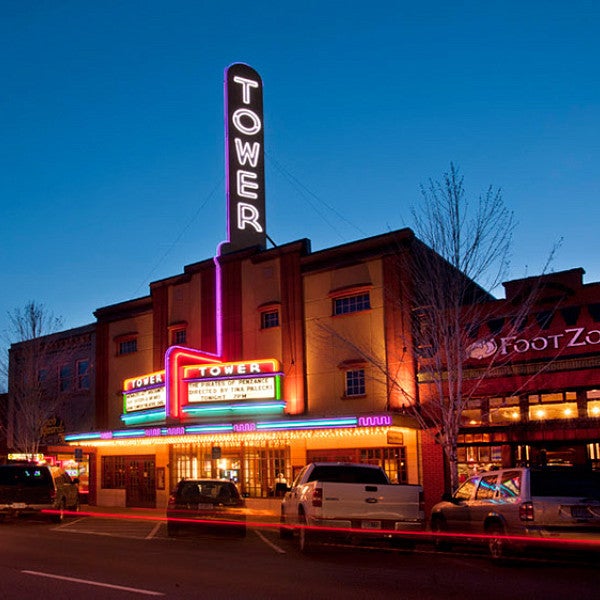
If you were to ask UO students who hail from the state’s small towns what they did for fun growing up, chances are they’d say they went to the movies at a local theater. They might even say they sold tickets and worked the popcorn machine after school.
That’s an example of how theaters can help drive economic development in rural communities, and that in turn is one reason a recently renewed federal grant to the UO Economic Development Administration Center will help those communities generate sustainable growth. The center provides technical assistance to economically distressed communities throughout the state and creates sustainable local economies through capacity-building, applied research and partnerships.
The UO economic development center is the only one in Oregon and one of only two in the Pacific Northwest. Last month the federal grant that funds it was renewed at $143,000 a year for the next five years. This is the second time it has competed to renew its status as a university center.
“Any time a university receives federal funding for a university center, it’s prestigious,” said Betsy Boyd, UO associate vice president for federal affairs. “When that funding creates opportunities for student engagement that directly benefits communities, it also serves the UO’s service and education mission.”
The economic development center is a program of the UO Community Service Center in the School of Planning, Public Policy, and Management. The service center links UO resources, such as trained graduate students, with communities for the purpose of enhancing regional sustainable economic development.
For example, the service center partnered with Travel Oregon to conduct the Oregon Historic Theaters Needs Assessment, which gauged the status of historic theaters in Oregon and developed marketing strategies to enhance travel and tourism activity. The project was a three-part exploration of Oregon’s historic theaters and their potential to spur economic development. Oregon is home to 74 operating historic theaters.
The UO’s economic development center is a partnership between the U.S. Economic Development Administration, the university, state and local government, and private industry. The center came to the UO in 2009 after the university went through a rigorous competition.
Over the years the academic departments involved with the economic development center have expanded and the center currently is a collaboration between the Community Service Center, which is part of the School of Planning, Public Policy and Management in the College of Design, and the Lundquist Center for Entrepreneurship in the Lundquist College of Business.
“We want to create jobs and spur private investment,” said Bob Parker, the center’s director. “The Economic Development Administration Center looks at the big picture of economic development. It’s about business, but it’s also about all of the things that allow businesses to thrive.”
He called the Oregon Historic Theaters Needs Assessment a good example.
“By looking at how these things are operating—are they struggling financially, are they economically viable, are the buildings at risk—the Economic Development Center was looking at economic impacts,” he said. “If you’re in a rural community and you don’t have a theater, you’re probably still going to go to the movies, just somewhere else.”
Most states have at least one economic development center, linking institutions of higher education to economic development. The institutions have particular assets and the ability to provide technical support and resource assessment to communities throughout the state.
The UO center has a particular focus on distressed communities in rural Oregon. It has stimulated $15.2 million in private investment and $6.5 million in public investment, and it has aided in the retention and creation of 42 jobs.
“I’m most proud of our programs that have a dual mission and support rural communities,” Parker said. “Data shows that (the economic) recovery has been extremely uneven and the bulk of job creation is happening in major metropolitan hubs, while rural areas are stagnant or declining economically. We’re training the next generation of economic development professionals to address issues facing these communities.”
By Kimberly Koops-Wrabek, Government and Community Relations


